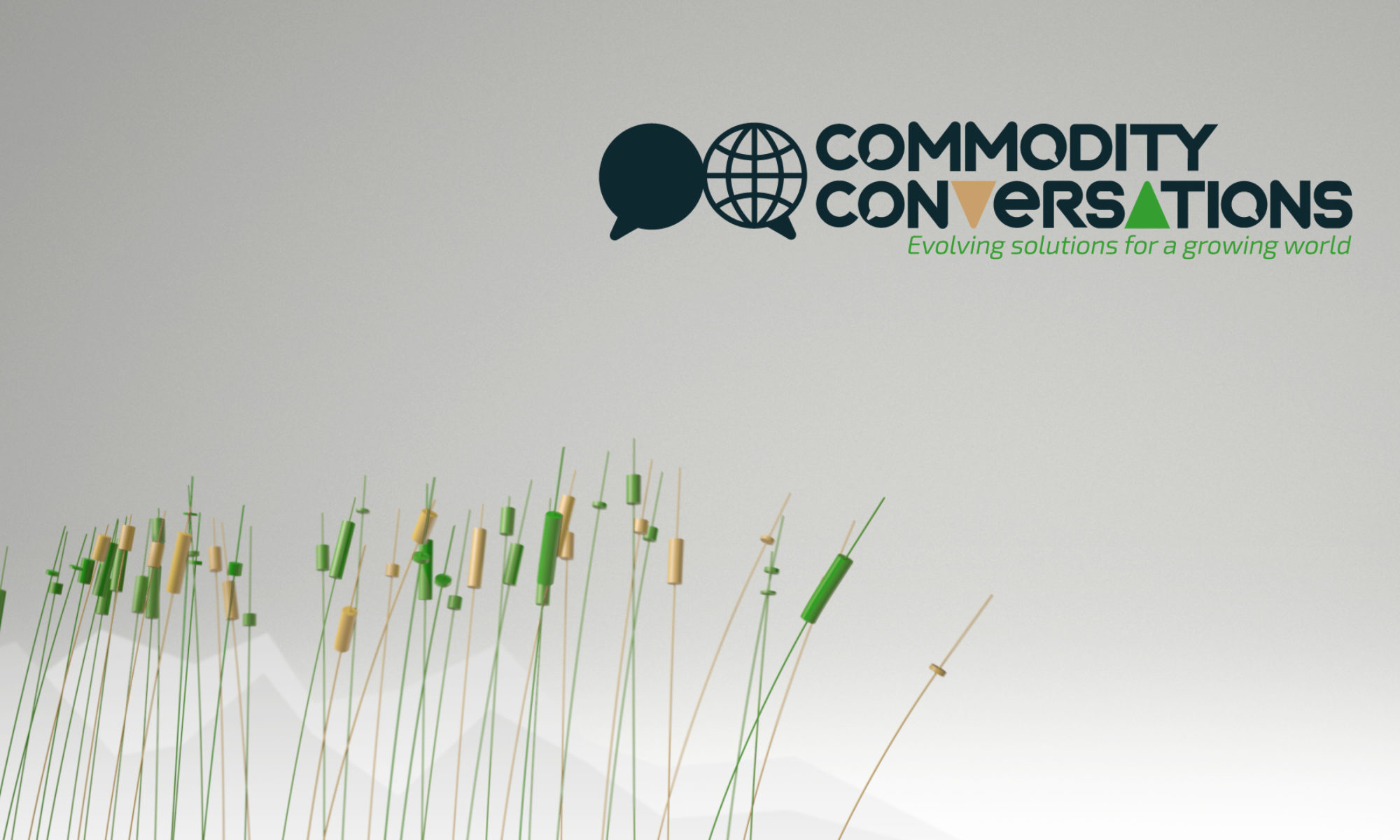
Many years ago, before the advent of internet and email, I placed a telephone order for some office supplies: paper for the photocopier, pens, files etc. I also ordered 20 rolls of toilet paper.
A few days later a huge truck pulled up outside our ground floor office and the driver called through the window. “Are you the guy that ordered the toilet paper?” he shouted.
Somewhere along the line the order had got messed up; the truck was full of toilet paper: 20 packets of 200 rolls each. I explained to the delivery driver that we didn’t want or need 4,000 rolls of toilet paper, and finally managed to negotiate taking just one packet of 200 rolls. It took us years to get through it!
I remembered this story last week when I was in our local supermarket in Switzerland. I have never seen so much toilet paper: the shelves were full of it, and there were piles of it everywhere. I had seen a video of people fighting over toilet paper in Australia (of all places), and I suppose the Swiss wanted to be prepared in case of panic buying here. However, no one was panic buying toilet paper, and I suspect the supermarket had somewhat over-ordered.
My mission that day was not to buy toilet paper, but parmesan cheese. I couldn’t find any. I asked an employee. He pointed to some empty shelves in the cheese display and told me that they had run out. “Panic buying?” I joked. “Yes,” he replied. But he wasn’t joking.
I was wondering why anyone would panic buy parmesan, but then I saw the empty shelves where the pasta should have been. I realised that if you are stocking up on pasta, you would probably also want to stock up on parmesan. To test my theory I checked out the tomato sauces: there wasn’t a single can or bottle of the stuff left in the shop.
In theory, Switzerland is the one country in the world where you should never have to worry about running out of food. It is, as far as I am aware, the only country that maintains a three month strategic food stockpile.
Switzerland was also for a long while the only country in the world where every dwelling, school and office had to have a nuclear shelter. The shelter had to be kept clear, clean and stocked with enough food and drink to last until any nuclear holocaust ended.
As a child I had sometimes wondered what it would have been like to be the only survivor of nuclear war. Having lived in Switzerland for nearly 15 years I now wonder what the world would have been like if only the Swiss had survived a nuclear war.
Switzerland’s food stockpiles hit the headlines a few weeks ago when the government decided to no longer store the 15,000 tonnes of coffee that were part of their strategic stockpile. The government felt that coffee contained almost no calories, and hence was not a food. Their decision caused a social media storm, and the government eventually delayed their decision under pressure from local coffee companies. Coffee is important for Switzerland. Not only is the annual per capita consumption of 9kg double the 4.5kg consumed in the United States, 60 percent of the world’s coffee is traded through Switzerland.
As well as coffee, Switzerland stocks three of four months consumption of a whole list of staples including directly consumable foodstuffs such as sugar, rice and cooking oil, as well as products that need to be processed before consumption, such as bread grain. Fertilisers and animal feedstuffs are also stockpiled, as are petrol, diesel, heating oil and aviation fuel. Medicines such as painkillers and vaccines are also stockpiled.
The stocks are held and financed by 300 private companies. The coffee stocks are, for example, financed by a fee of 3.75 Swiss francs on every 100kg of imported beans, raising 2.7 million Swiss francs annually to compensate private companies for storing beans.
The government estimates that in total, the system of strategic stocks costs each of Switzerland’s inhabitants an average of about CHF 12 a year.
Although it may sound a silly idea, these stocks have come in handy recently. In 2018, the level of the River Rhine fell so low that ships carrying mineral oils and fertiliser could not get to Switzerland, and the Swiss dipped into their stockpiles. Also, during a global shortage of antibiotics in 2017, Swiss hospitals dodged a crisis because of their stock of the drugs.
In addition to these stocks, each Swiss resident is encouraged to have enough food and basic necessities at home to last them one week. In 2016 the government even produced a video (in German) to remind them of their civic duty to do so.
This basic list of necessities includes toilet paper, but apparently the government doesn’t include the stuff in strategic reserves.
Having failed to buy any parmesan I did pick up a packet of toilet paper on the way out. You never know!
© Commodity Conversations ®





